Timeless Awareness
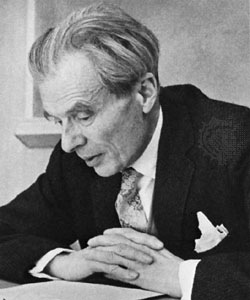
“The ground in which the multifarious and time-bound psyche is rooted is a simple, timeless awareness. By making ourselves pure in heart and poor in spirit we can discover and be identified with this awareness. In the spirit we not only have, but are, the unitive knowledge of the divine Ground.”
–Aldous Huxley (English Novelist and Critic, 1894-1963)

Timeless and Spaceless
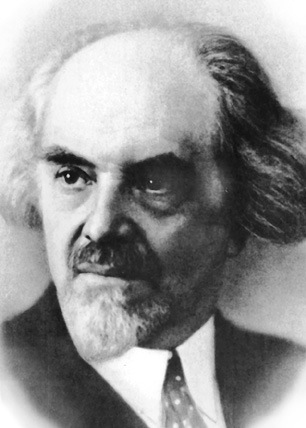
“Spirit is timeless as well as spaceless. Spirit is whole and resists division in time or space. Spirit is not being, but the purpose and truth of being. Spirit is mind, the whole mind, Spirit is both transcendent and immanent. The transcendental and the immanent become fused in spirit.”
–Nikolai Alexandrovich Berdyaev (Russian Theologian and Religious Philosopher, 1874-1948)
Moving Beyond False Dualities
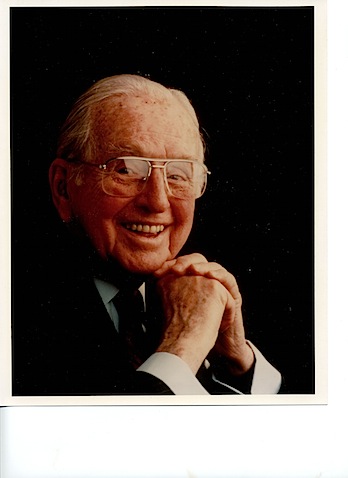
“When I gained the unshakable belief that there is no death, that all life is indivisible, that the here and hereafter are one, that time and eternity are inseparable, that this is one unobstructed universe, then I found the most satisfying and convincing philosophy of my entire life.”
–Norman Vincent Peale (American Cleric, Writer and Self-help Expert, 1898-1993)
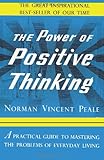
Time, Space and Consciousness
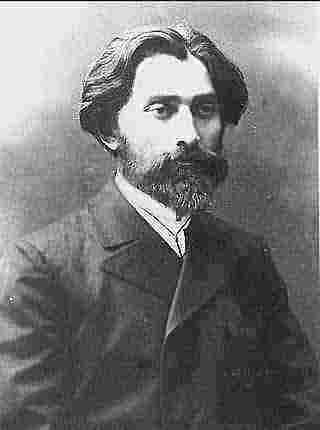
“Your consciousness can travel at the speed of slow trains, it can travel at the speed of Light, and it can travel even faster. Hence, time and space are functions of consciousness. Consciousness is out of the scope of time and space…”
–Peter Konstantinov Deunov (a.k.a. Master Beinsa Douno, Bulgarian Spiritual Master and Founder of a School of Esoteric Christianity, 1864-1944)
“Prophet for Our Times: The Life and Teachings of Peter Deunov” (Peter Duenov)
Time Is The Structuring Power
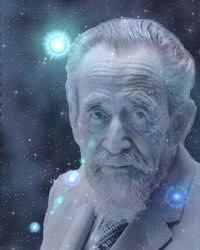
“Time is the structuring power which divides the universal world process into wholes within wholes within wholes.”
–Dane Rudhyar (a.k.a. Daniel Chenneviere, French-born American Composer, Theosophist and Astrologer, 1895-1985)
“Occult Preparations for a New Age (A Quest book)” (Dane Rudhyar)
The Perception of Time
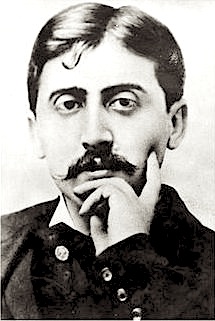
“In theory one is aware that the earth revolves, but in practice one does not perceive it, the ground upon which one treads seems not to move, and one can live undisturbed. So it is with Time in one’s life.”
–Marcel Proust (French Novelist, 1871-1922)
Dancing On The Edge of Time
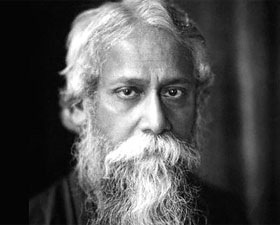
“Let your life lightly dance on the edges of Time like dew on the tip of a leaf.”
–Rabindranath Tagore (Indian Poet, Playwright, Essayist, Painter and, in 1913, Winner of the Nobel Prize for Literature, 1861-1941)
What If Time Is Not Real?
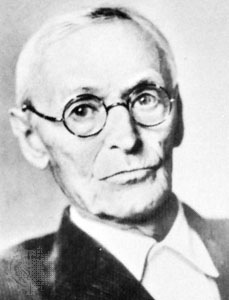
“If time is not real, then the dividing line between this world and eternity, between suffering and bliss, between good and evil, is also an illusion.”
–Hermann Hesse (German-born Swiss Novelist, Poet and, in 1946, Winner of the Nobel Prize for Literature, 1877-1962)
Discerning Cycles

“There is timing in the whole life of the warrior, in his thriving and declining, in his harmony and discord. Similarly, there is timing in the Way of the merchant, in the rise and fall of capital. All things entail rising and falling timing. You must be able to discern this.”
–Miyamoto Musashi (a.k.a. Shinmen Takezō, a.k.a. Miyamoto Bennosuke, a.k.a Niten Dōraku, Japanese Samurai, Swordsman and Founder of the Hyōhō Niten Ichi-ryū or Niten-ryū style of Swordsmanship and Author of The Book of Five Rings (五輪書 Go Rin No Sho), on Strategy, Tactics, and Philosophy, c.1584-1645)

Rhythms in the Brain

It is often a bit frustrating to read articles about the brain in which the writer says things like: “research has shown that the insula does this…” or “the amygdala does that…”
This idea that it is possible to reduce brain functions to regions of the brain is not correct. Some years ago I used the term “Neo-phrenology,” to describe this fallacy, though I am sure that I was not the first. (Phrenology was the old and discredited theory that you tell things about people by examining the bumps on their heads.)
So why is it a fallacy? The idea that certain functions can be “localized” to a bit of the brain is called “naïve localizationism.” The vast majority of the psychological functions of the brain are performed by distributed networks, not a single lump of tissue. One of the remarkable things about the human brain is that it can recruit new circuits as they are need. If we do not have enough brainpower to solve a problem, other systems are taken off line so that they do not distract and may be able to help. You have probably had the experience of working on something so intensely that you lose track of time, and fail to hear things going on around you.
Yes, there are regions that have jobs to do. For instance the auditory cortex is responsible for processing sound. But after that initial processing the rest of the brain becomes involved in deciding what to do with the information. The key to understanding the brain is how different regions of the brain communicate. As I recently mentioned in a different context, there are good reasons for believing that a number of problems, from the schizophrenias to the attention deficit disorders, may all be a result of poor communication between different regions of the brain.
Part of the problem is working out how regions communicate has been technical: we have not had the computers or hardware to do the measurements. But that is beginning to change.
Earl Miller, a professor of neuroscience at Massachusetts Institute of Technology’s Picower Institute for Learning and Memory, recently said that today’s faster computers and more advanced electronics might provide scientists with the tools they need to unlock the brain’s mysteries.
“Multiple electrode recording techniques, offer a whole new level of brain interactions that can’t be seen using the [current] piecemeal approach.”
Two studies published recently in th journal Science support this idea.
In the first Thilo Womelsdorf and a group of neuroscientists at the F. C. Donders Center for Cognitive Neuroimaging at Radboud University Nijmegen in the Netherlands, looked at the electrical activities of groups of neurons in the brains of cats and monkeys wile they were engaged in an array of different tasks. They found that two groups of neurons could only communicate efficiently with each other when their rhythms are coordinated, or synchronized. If the rhythms are not coordinated, then one group sends information while the other is not ready to take it on and vice versa.
The researchers found that when the rhythms of electrical activity are synchronized between neurons in distinct brain areas, memories are made and tasks are completed more efficiently.
The other study, by scientists at the University of Melbourne in Australia, also revealed communication between the cerebral cortex and the deep medial temporal region.
They flashed two images at a group of macaque monkeys for less than a second. The monkeys had to decide whether the spatial orientation of a stack of bars in two images were the same or different. While the animals worked, researchers monitored the electrical fields in the posterior parietal cortex, which is one part of the system involved in directing spatial attention. At the same time they looked at the medial temporal area, a region deep in the midbrain that handles movement perception. The researchers had hypothesized that these two areas need to communicate with one another to enable reasoning.
The researchers observed activity first in the parietal cortex, followed by synchronous action there and in the medial temporal area. The delay illustrates “a top-down” feedback from the cortex, which then signals the lower area.
One of the authors, Trichur Vidyasagar, said,
“The parietal neurons seem to code for what is salient or relevant in the world and allocate attentional resources accordingly. The medial temporal neurons are sensory ones that process the visual signals, but due to the influence of the parietal cortex the activity across the medial temporal area is varied.”
The studies were accompanied by an editorial in which Robert Knight, a cognitive neuroscientist at the University of California, Berkeley, praised the findings – and their potential significance.
This research is important for two reasons:
First it confirms that the key to understanding the brain is the interaction of networks.
Second, there are a number of periodic disorders, such as depression, seasonal affective disorder, mania and even some rare types of episodic psychosis that are episodic and are not associated with any clearly defined neuroanatomical disruption. It may well be that some of the periodic symptoms are caused by intermittent network dysfunction, as a result of disturbed oscillatory dynamics.
“In all things there is a law of cycles.”
–Publius Cornelius Tacitus (Roman Historian, Writer, Orator and Public Official, A.D.56-c.120)
“Human beings, vegetables or cosmic dust, we all dance to the same mysterious tune, intoned in the distance by an invisible player.”
–Albert Einstein (German-born American Physicist and, in 1921, Winner of the Nobel Prize in Physics, 1879-1955)
“It has been said that a complete understanding of the Law of Cycles would bring man to a high degree of initiation. This Law of Periodicity underlies all the processes of nature and its study would lead a man out of the world of objective effects into that of subjective causes.”
–Alice A. Bailey (English Writer, Spiritual Teacher and Founder of the Arcane School, 1880-1949)
“At the heart of each of us, whatever our imperfections, there exists a silent pulse of perfect rhythm, a complex of wave forms and resonances, which is absolutely individual and unique, and yet connects us to everything in the universe. The act of getting in touch with this pulse can transform our personal experience and in some way alter the world around us.”
–George Leonard (American Aikidoist and Writer, 1923-)







